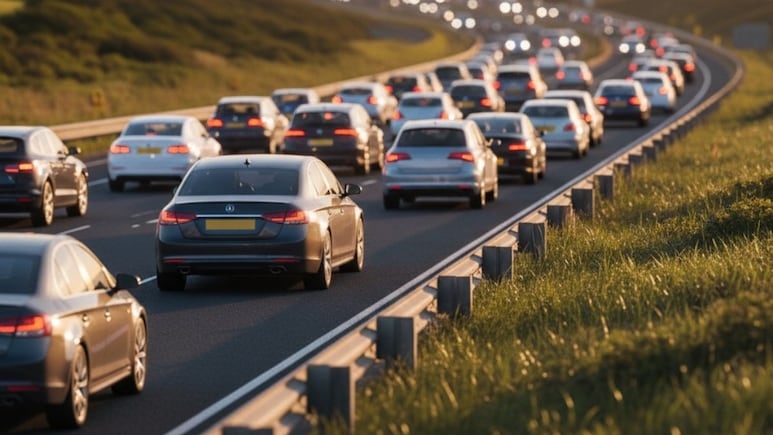
If you have travelled internationally, you have probably felt that moment of confusion when you realise traffic is flowing in the opposite direction. In India, the United Kingdom, Japan, and Australia, cars keep to the left. In the United States, France, Germany, and most of Europe, people drive on the right. This simple difference can feel disorienting, especially when renting a car abroad or crossing streets in a new city. But how did the world end up divided like this? The reasons stretch from medieval horse riders to colonial politics, from the invention of the car to the staggering expense of switching sides.
Also Read: Can You Carry Lighters Or Vapes On Flights From India? The Rules Explained
Here are five fascinating reasons behind the global traffic divide:
1. It All Began With Horses
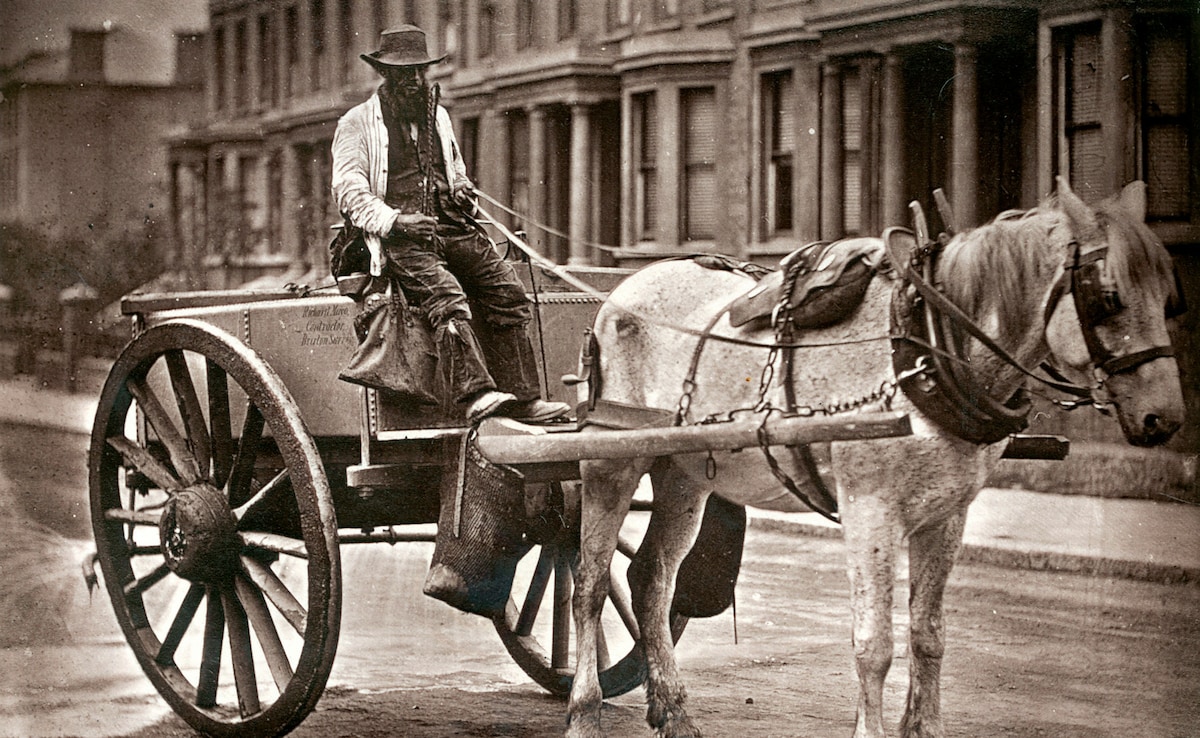
Photo: Unsplash
The world's first road rules had nothing to do with cars. In ancient times, horse riders naturally kept to the left so their right hand was free to wave, greet, or defend themselves with a weapon if attacked. This habit became ingrained in cultures over centuries. Later, in Europe and America, large wagons drawn by horses created a new pattern. Drivers sat on the left rear horse so they could whip with their right hand, which made keeping to the right safer since it offered a better view of oncoming traffic. Long before engines, medieval customs were shaping traffic. Fast forward to today, and those choices are why a traveller in Tokyo or Mumbai might instinctively look the wrong way before crossing the road.
2. Empires Chose The Side For Us
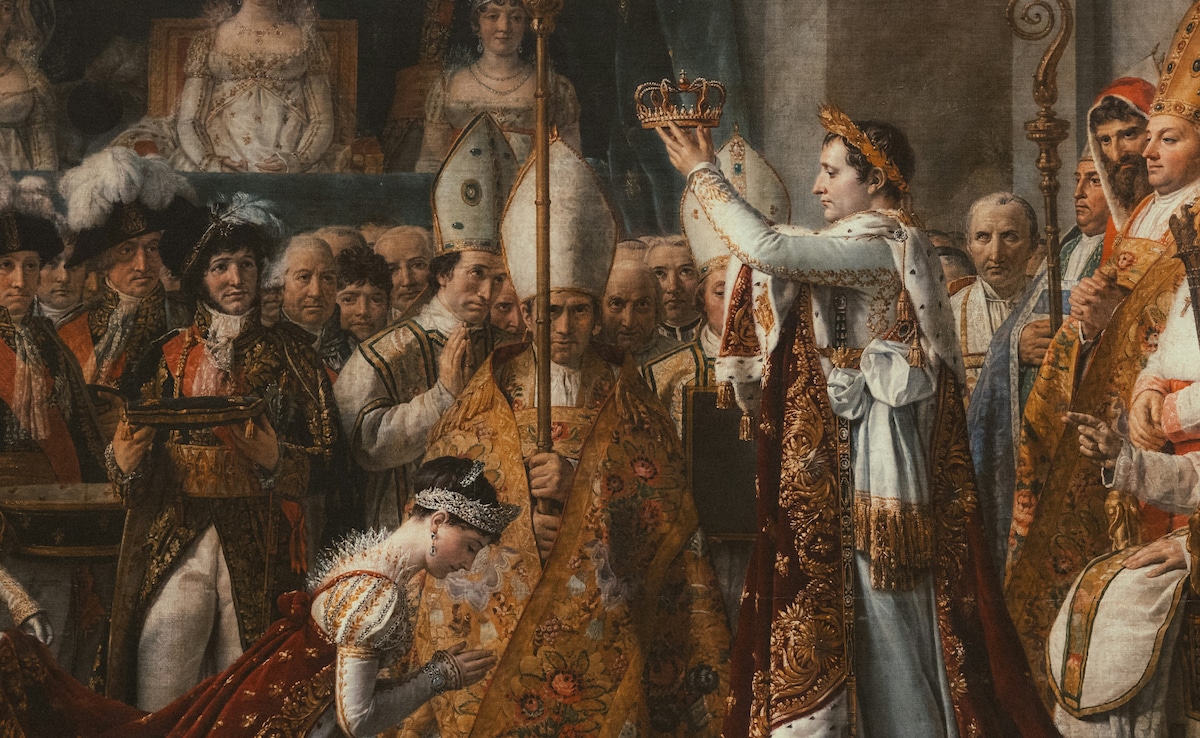
Napoleon. (Photo: Unsplash)
Tradition alone could not have divided the globe. It was colonial expansion that spread road rules across continents. Britain enforced left-side driving across its vast empire, which is why India, Australia, New Zealand, and South Africa still follow it today. On the other side, Napoleon ordered right-side driving across continental Europe, and his influence stuck in countries such as France, Italy, and Spain. After independence, most nations did not change their system — they simply kept what they had inherited. That is why a city like London runs on the left, while Paris follows the right, even though both are only a train ride apart.
3. Cars Made The Divide Permanent
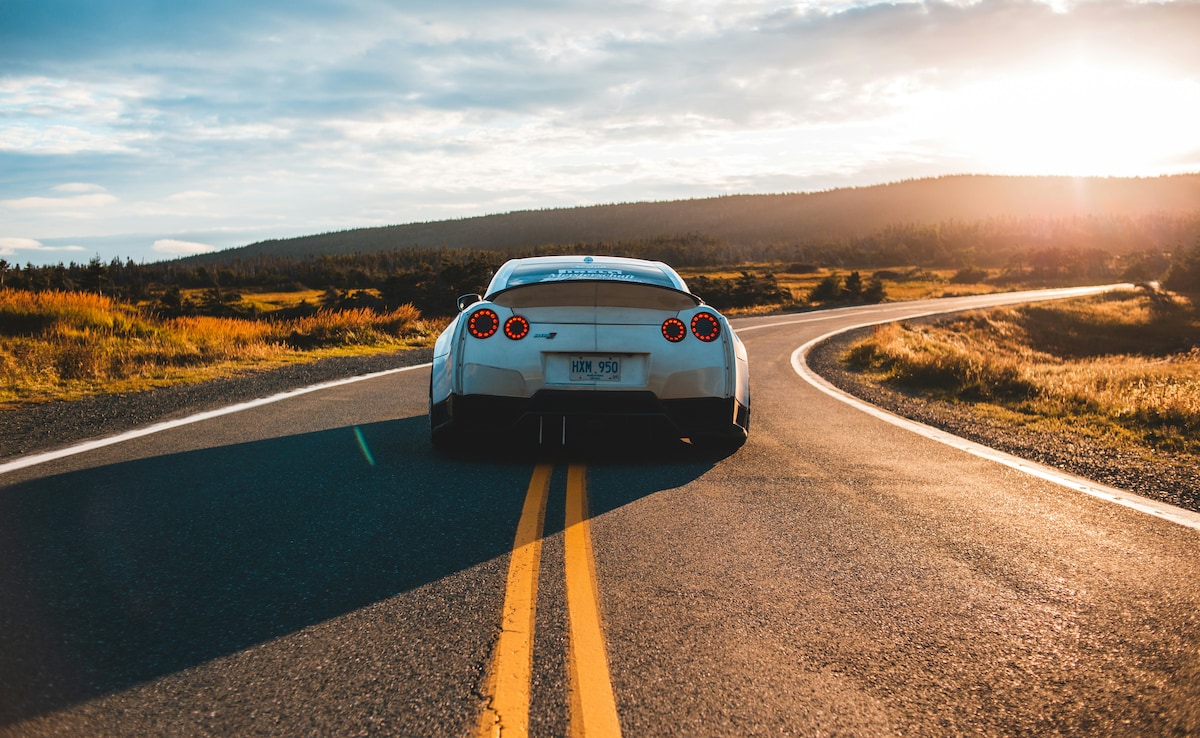
Photo: Unsplash
By the early 20th century, the arrival of cars made the split permanent. In Britain, manufacturers built cars with steering wheels on the right, reinforcing left-side traffic. In the United States, Henry Ford's revolutionary Model T came with left-hand steering, making right-side driving the practical choice. Since the Model T was one of the most mass-produced vehicles in history, countries that imported American cars also adopted right-side driving. Manufacturers were not just making cars; they were exporting road culture. Once millions of vehicles were built in specific designs, changing sides was no longer just a question of tradition - it became a logistical lock-in.
4. Yes, Some Countries Did Switch
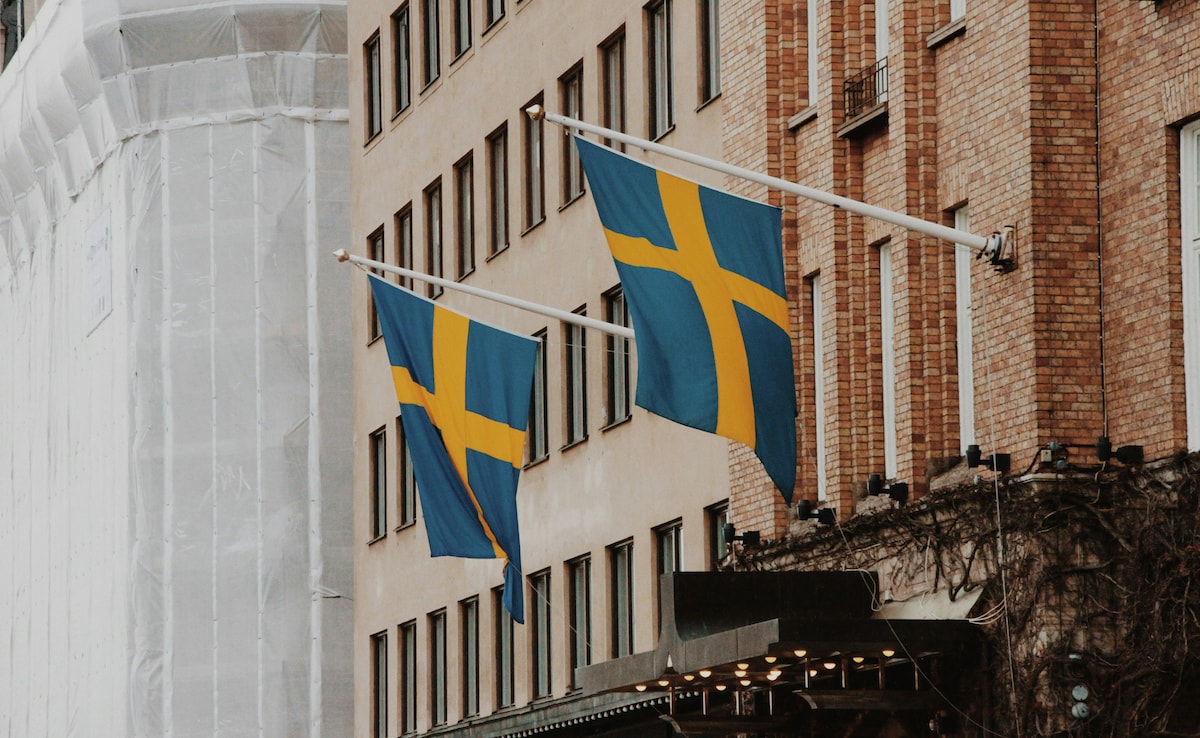
Photo: Unsplash
Although rare, some nations have switched sides. Sweden made the change in 1967 in an event called “Dagen H,” when traffic shifted from left to right overnight. The government rolled out massive public campaigns, changed thousands of road signs, and even halted traffic briefly to complete the transition. The reason was practical: Sweden's neighbours already drove on the right, and harmonisation was safer. In Africa, countries like Ghana and Nigeria switched after independence to align with their regional trade partners. But the process was disruptive and costly. Imagine waking up to find your entire city's traffic running in the opposite direction — that was daily reality for Swedes on “Dagen H.”
5. Why No One Wants To Switch Now
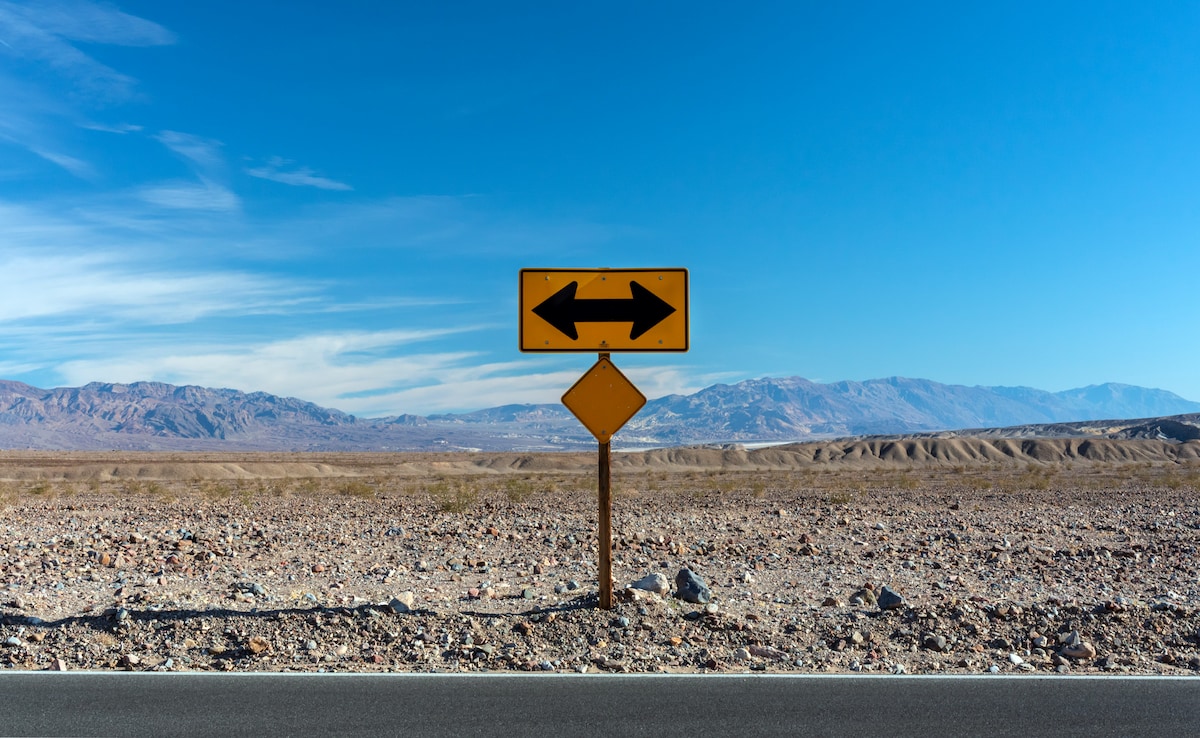
Photo: Unsplash
In the modern era, switching sides is almost unthinkable. The cost of changing road signs, rebuilding intersections, retraining drivers, and modifying cars is astronomical. More importantly, the risk of accidents during the transition is dangerously high. Governments know that confusing millions of drivers, even temporarily, could be disastrous. That is why most countries stick to their original system. It may confuse tourists, but it avoids chaos on the roads. The result is a world permanently split - half left, half right, and unlikely to ever change.
Countries That Drive On The Left
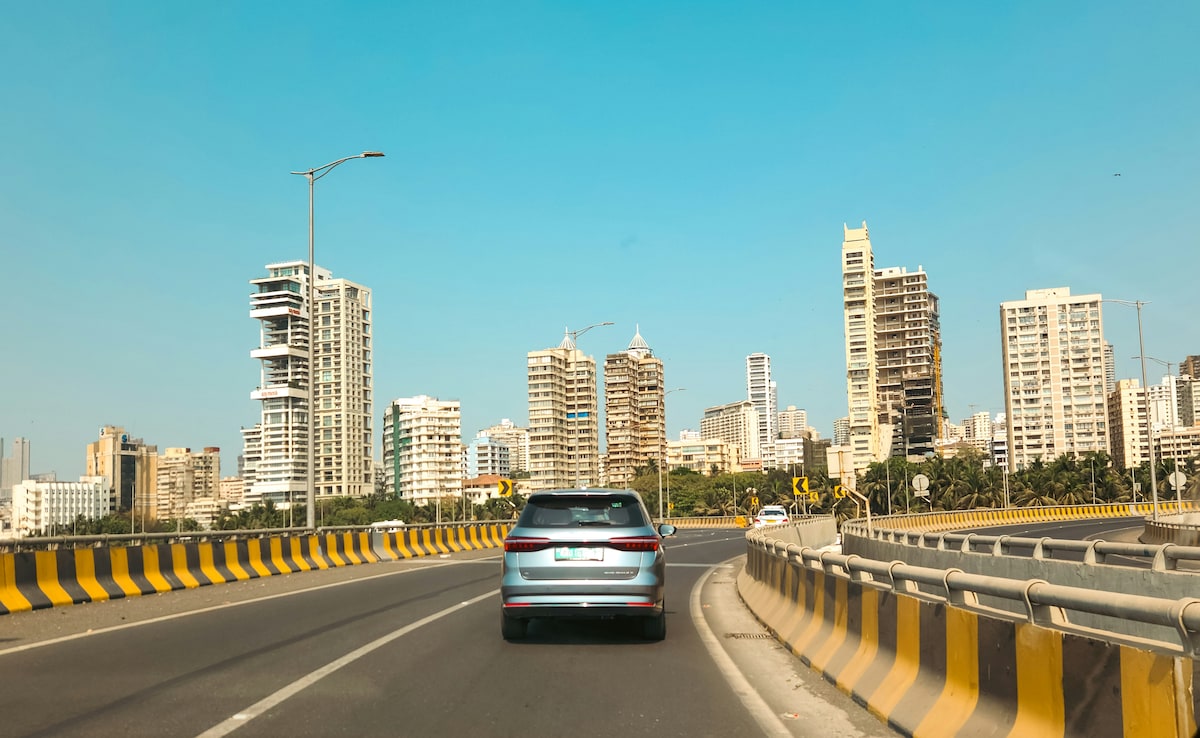
Photo: Unsplash
India
United Kingdom
Australia
New Zealand
Japan
South Africa
Thailand
Indonesia
Malaysia
Kenya
Countries That Drive On The Right
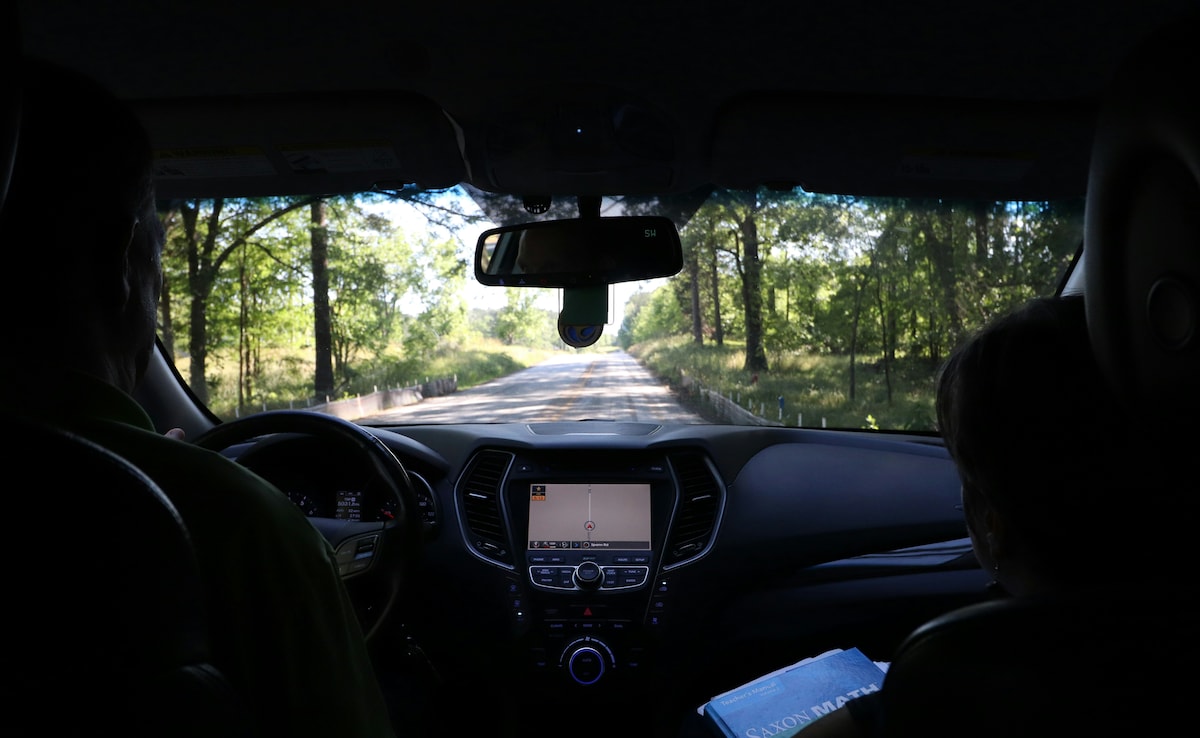
Photo: Unsplash
United States
Canada
France
Germany
Italy
Spain
China
Russia
Brazil
Mexico
What To Remember Before Renting A Car Abroad
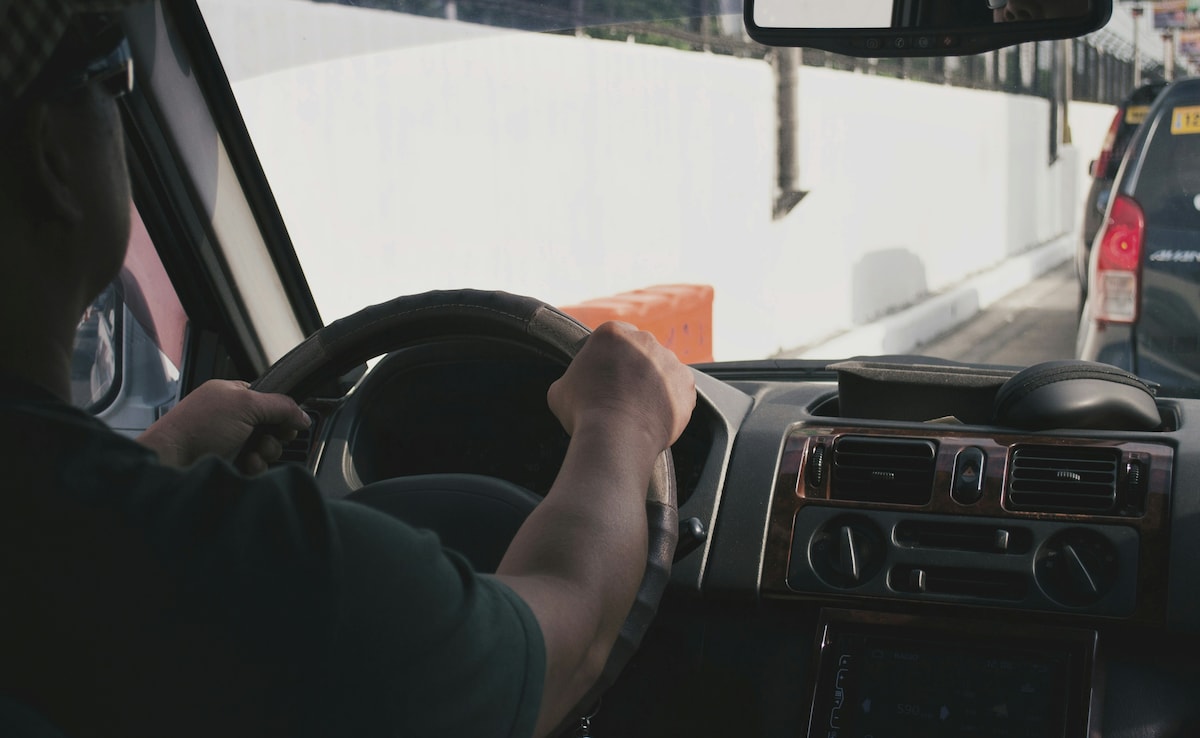
Photo: Unsplash
Driving on the opposite side for the first time can feel overwhelming, but preparation helps:
Driving Licence: Check if your licence is valid internationally or if you need an International Driving Permit.
Learn The Rules: Study local traffic signs, roundabouts, and speed limits.
Choose Automatic: Automatic cars make the transition easier than manual.
Start Small: Try short drives before highways to build confidence.
How Long Does It Really Take Tourists To Adjust
For most tourists, the first few hours are the toughest. Mistakes like turning into the wrong lane, misjudging overtakes, or checking the wrong blind spot are common. Roundabouts are especially confusing. But adaptation is quicker than you think. Within a day or two, most drivers find a rhythm. Driving slowly, using GPS guidance, and staying hyper-alert help make the process smoother.
Also Read: Flying With Alcohol? The Rules In India And Abroad Explained
So the next time you find yourself gripping the seatbelt in London or Madrid, remember: you are not on the wrong side of the road. You are simply caught in a centuries-old split that history, empire, and car makers have made permanent.
Track Latest News Live on NDTV.com and get news updates from India and around the world

